Take Better Photos: 7 Tips You Can Start Using Today
Are you ready to take your photography to the next level? It begins with the fundamentals of composition, but there are some simple techniques you can use to take better photos and turn ordinary images into extraordinary photographs. Discover seven tips to help you take better photos that you can put into practice today.
![]()
![]()
![]()
![]()
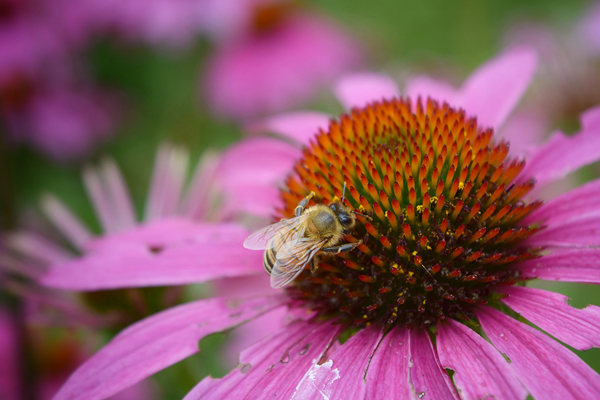
Mục Lục
1. How To Compose Great Photos
Great photos start with great composition: how you frame the shot and where you position different elements within the scene. If you learn how to properly compose your photos, you’ll be well on your way to taking great pictures.
![]()
![]()
![]()
![]()

Photography is an art, so there are times when you just see the image and capture it based on feel. More often than not, however, selecting a subject and applying the Rule of Thirds principle will improve your photos. Rule of Thirds is where you position your subject or horizon off-center rather than in the middle of the frame.
![]()
![]()
![]()
![]()
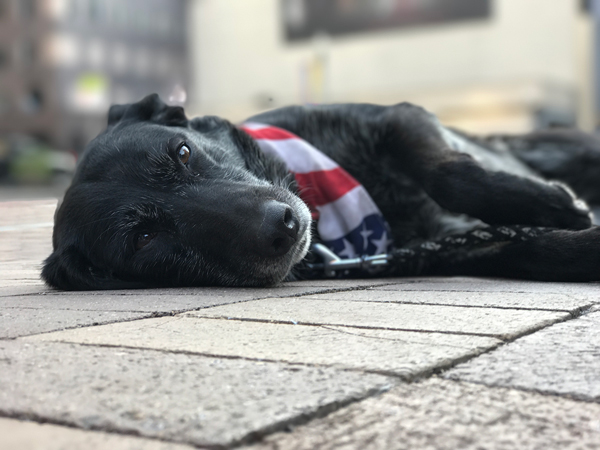
Consider drawing attention to your subject with how you “frame” an image. That doesn’t mean creating a graphical frame around your photo with your favorite editing app. Rather, find something within the scene that you can surround your subject or focal point with. Place your subject within certain boundaries using anything and everything available to you. You can get really creative with this.
![]()
![]()
![]()
![]()
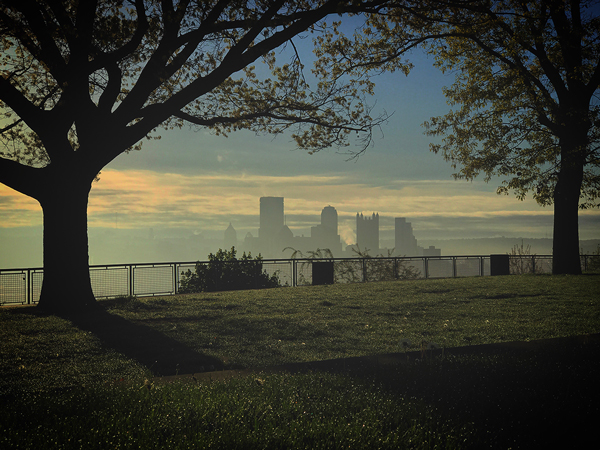
For example, you could use something in the foreground. It could be a doorway, a window, or a fence — or parts of any of these. It could be something from nature, like trees, including their limbs and leaves. You can even frame a portrait, having your subject use their hands, arms, even their legs if they’re flexible enough.
Creative framing provides a unique perspective. It also helps to focus the viewer’s attention where you want it to be — on your subject. It may take a bit of time to develop an eye for it, but soon you’ll see opportunities for framing just about everywhere you look.
2. Keep It Simple
There doesn’t necessarily have to be a lot going on in your photo to get a great image.
![]()
![]()
![]()
![]()

In fact, if you have a lot of negative space in your image, it will only serve to highlight the subject that much more.
![]()
![]()
![]()
![]()
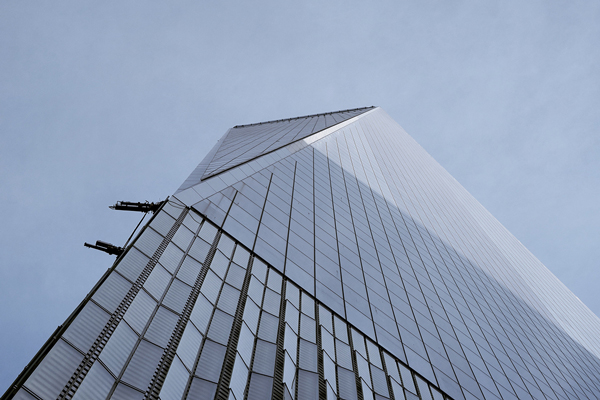
Allow for some extra breathing room around your focal point and you will draw more attention to it.
3. Change Your Perspective
Sometimes, you may need to get into an awkward position to get a great photo. Go for it. The most obvious way to take a picture is from a standing position, holding the camera in front of you, at eye level. Sometimes that works just fine, but don’t be afraid to get creative with your angles.
![]()
![]()
![]()
![]()

If you want to transform your photography from ordinary to extraordinary, change your perspective. Choose a different vantage point when you compose a picture. Try shooting from a low angle with the focus on the foreground of the picture, for a blurry background. Or you can try the exact opposite.
![]()
![]()
![]()
![]()
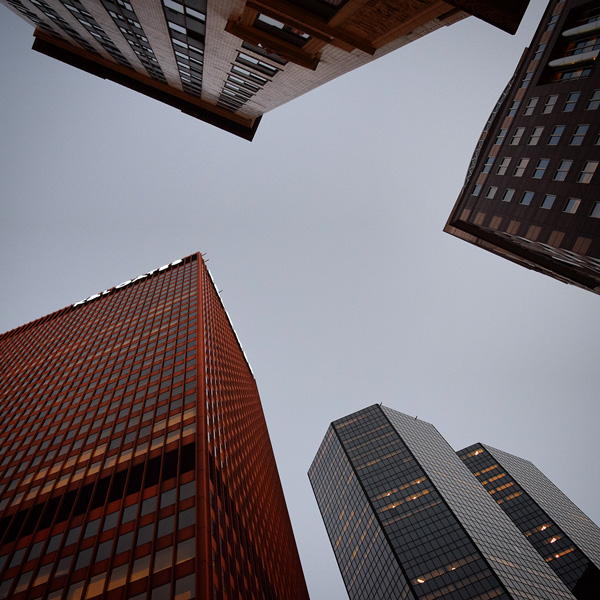
Some other options are to look straight up at your subject. Of course, you can also get up high and look down at your subject, or shoot through an object like a fence or a prop, like a crystal ball. How about capturing a macro image? Now that’s a perspective few people get to see — the super close-up details of your subject.
![]()
![]()
![]()
![]()
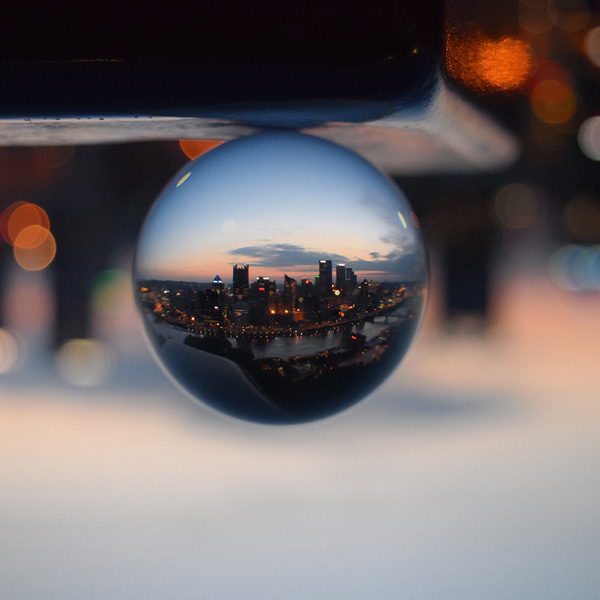
Any one of these options provides a unique, interesting, and memorable perspective.
4. Add Depth To Your Images
Create a sense of depth with your photos by providing a three-dimensional feel. By using layers (including the foreground) and leading lines, you will draw the viewer into your image.
![]()
![]()
![]()
![]()
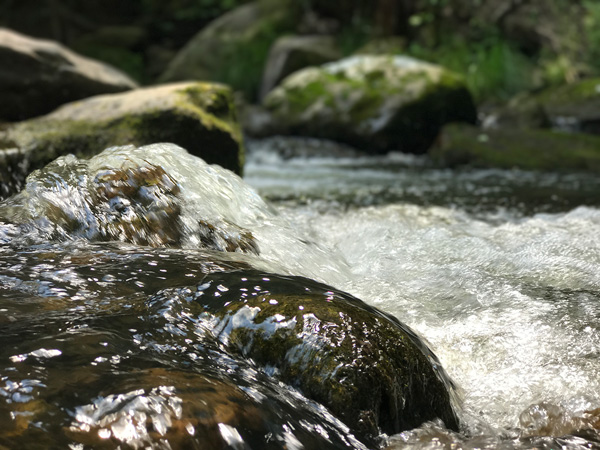
When you add something to the foreground of an image, as we discussed with perspective, it provides depth and leads the viewer into the picture. The foreground can draw your viewers to the subject or it can serve as the subject itself. Remember, your subject doesn’t always need to be in focus.
![]()
![]()
![]()
![]()
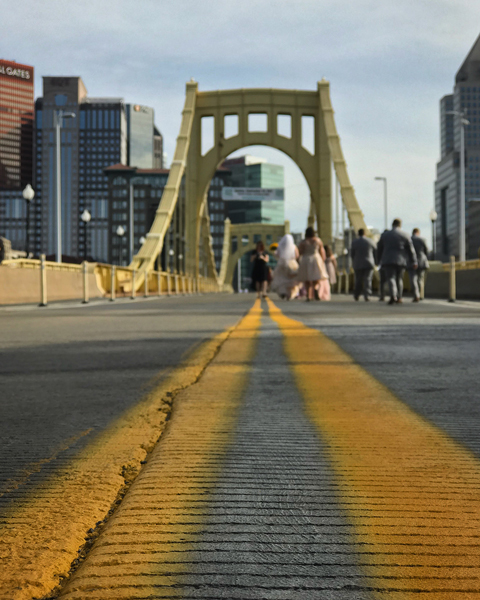
Another way to add depth is by using leading lines. Leading lines are all around us. They may or may not be actual lines. They’re the patterns within your image that draw the viewer to your subject. Look for natural leading lines in everything from a row of trees, a river, bridge, fence, or road.
5. Use The Sun To Create A Silhouette
Taking photos while facing the sun is typically not a good idea, but there’s a simple trick for getting great silhouette pictures while doing this. Silhouettes are where your subject is rendered as a dark or black outline against a brighter background. Little or no detail is captured within the subject’s shadowy form, and the focus of interest is usually a sharp, crisp edge around the subject.
Choose your subject and then position yourself so the sun is directly behind that subject or another object in the photo. Depending upon what your subject is, you can allow a bit of the sun to be visible. This creates a ray of light that shines into the frame. Move around to see if you prefer a silhouette or partial silhouette, with the sun in or out of the frame.
Another option, especially if your subject is a long way off, is to use an object in the foreground as a way to shield the sun.
![]()
![]()
![]()
![]()
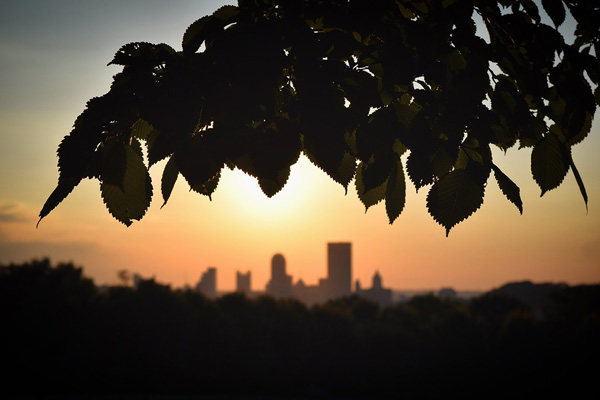
In this cityscape image, the golden hour is underway with the sun appearing low in the sky. I captured a silhouette of the city skyline by blocking most of the sun with some leaves from a nearby tree.
6. Look For Reflections
Reflections are a great way to offer an interesting perspective on your subject. In fact, reflections can completely transform your image into a jaw-dropping masterpiece – you just need to train your eye to look for them.
![]()
![]()
![]()
![]()

Reflections can be found anywhere — in a puddle on a city street, a pristine lake, a pair of mirrored sunglasses, or in the window of a building. Reflections provide powerful and oftentimes intriguing views of otherwise ordinary subjects.
On a quiet weather day, a body of water like a lake, river, or pond provides a smooth, almost glassy appearance for a potentially stunning image. A windy day, on the other hand, can provide a more dramatic look, with choppy waves and swirls making any visible reflection look distorted, almost abstract.
![]()
![]()
![]()
![]()
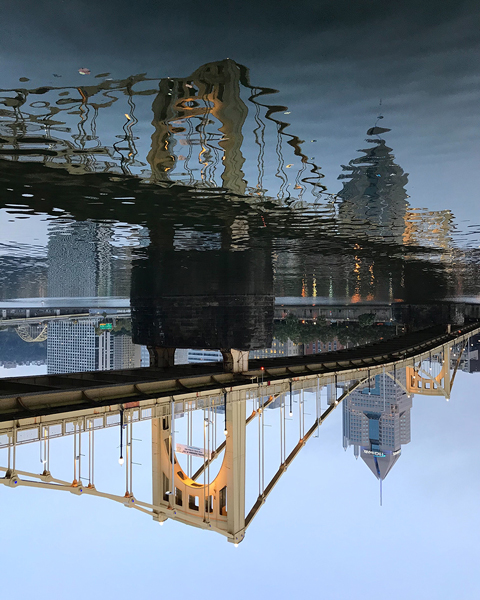
With windows and glass, anything can happen and oftentimes it does, and this is especially true of windows in a building on a busy city street. In fact, there may be so much going on with moving vehicles and people that you don’t even notice all the action until later when you’re editing.
![]()
![]()
![]()
![]()
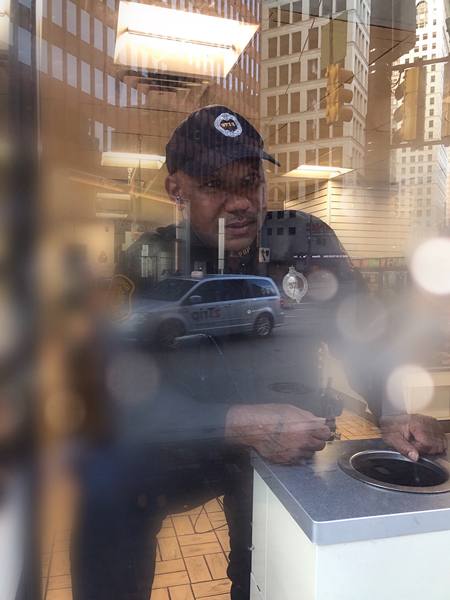
Glass can also serve as a mirror or prop, providing any number of different possibilities with how you shoot and edit your image.
7. Find Symmetry
Symmetry is defined as “the quality of being made up of exactly similar parts facing each other or around an axis.” You know symmetry when you see it, and it oftentimes stops you in your tracks.
Think of it like this: what’s on the left is the same as what’s on the right. Or what’s on the top is the same as what’s on the bottom.
![]()
![]()
![]()
![]()

To get a great symmetrical image, frame the shot to keep the vertical lines vertical and the horizontal lines horizontal. Look for symmetry in architecture as well as in nature. Try to get as close to a perfect capture as possible when you’re shooting, but be prepared to tweak it and apply the perfecting touches when you’re editing.
How To Take Better Photos: Conclusion
There are a wide variety of ways to take your photography to the next level and take better photos. It begins with the fundamentals, but you can apply some basic techniques that will greatly improve your ability to take better photos.
![]()
![]()
![]()
![]()
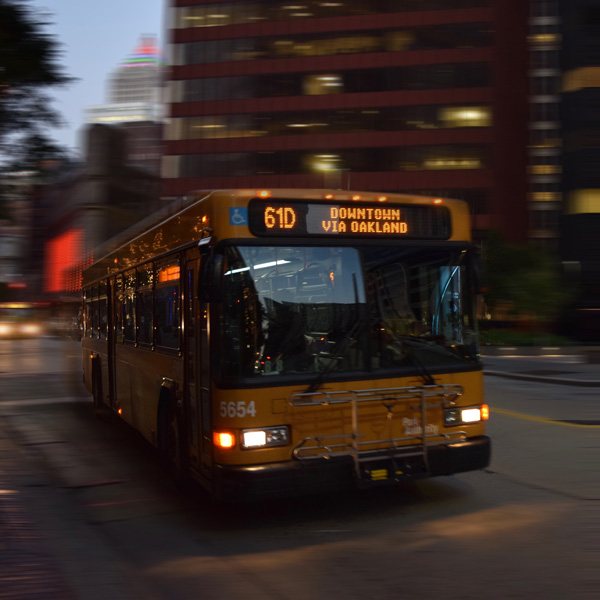
Start by using the Rule of Thirds, of course. Then try framing some of your shots to draw attention to your subject.
Don’t try to overcomplicate your photography – keep things simple to highlight your subject. Use different perspectives and vantage points to make your images more interesting and unique. Also, consider adding depth to your scene by including the foreground and leading lines that help draw viewers into your image.
Use the sun to your advantage by deliberately shooting towards it, creating silhouettes of people and places.
And finally, look for reflections in water and windows and watch for eye-catching symmetry in architecture and nature alike.
So, it’s not so hard to take better photos. Ordinary images can become extraordinary when you take the time to learn some new techniques. Spend a bit of time practicing them and before you know it, you’ll see these opportunities everywhere you look. Shooting them will become second nature and you’ll find you really can take better photos.















![Toni Kroos là ai? [ sự thật về tiểu sử đầy đủ Toni Kroos ]](https://evbn.org/wp-content/uploads/New-Project-6635-1671934592.jpg)


